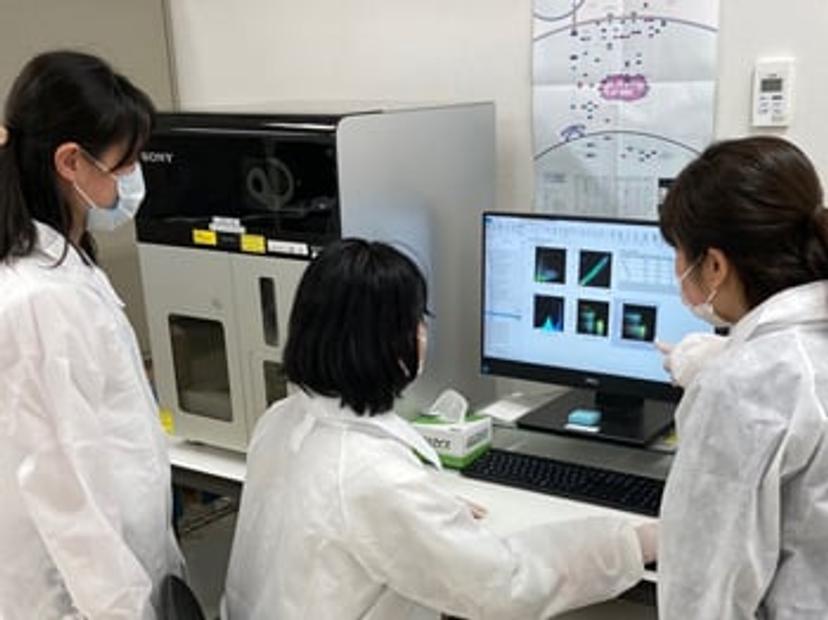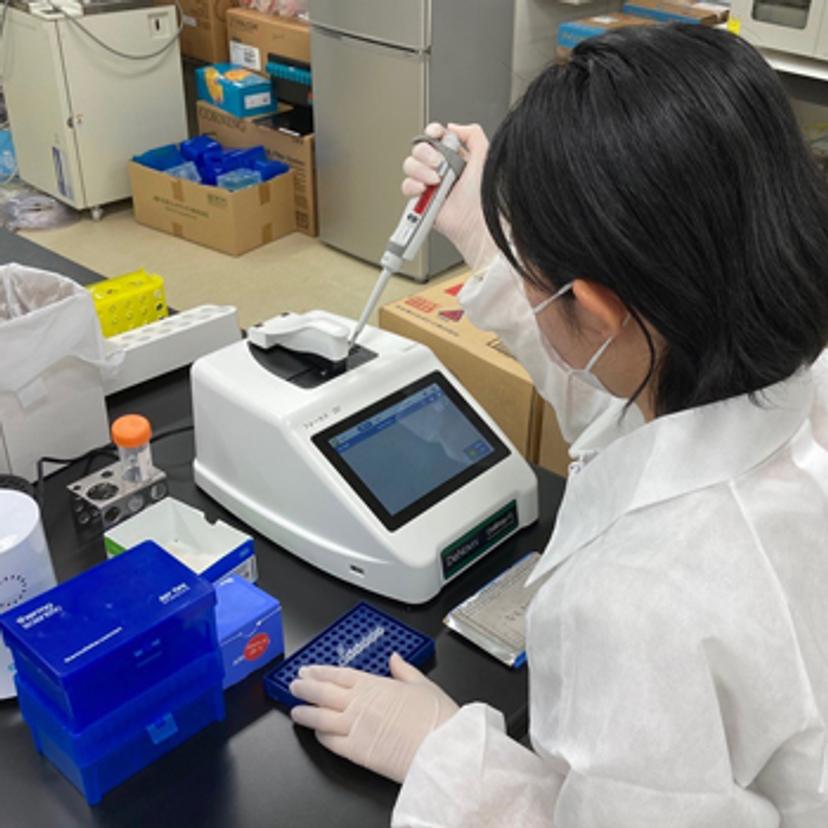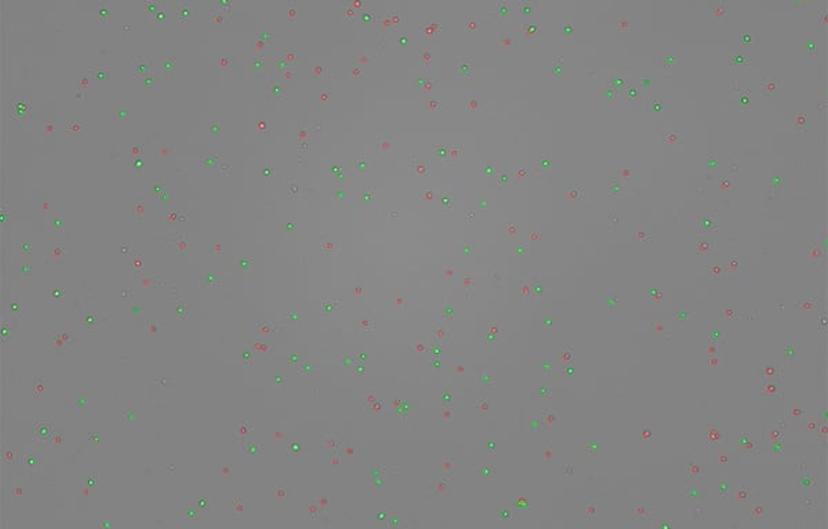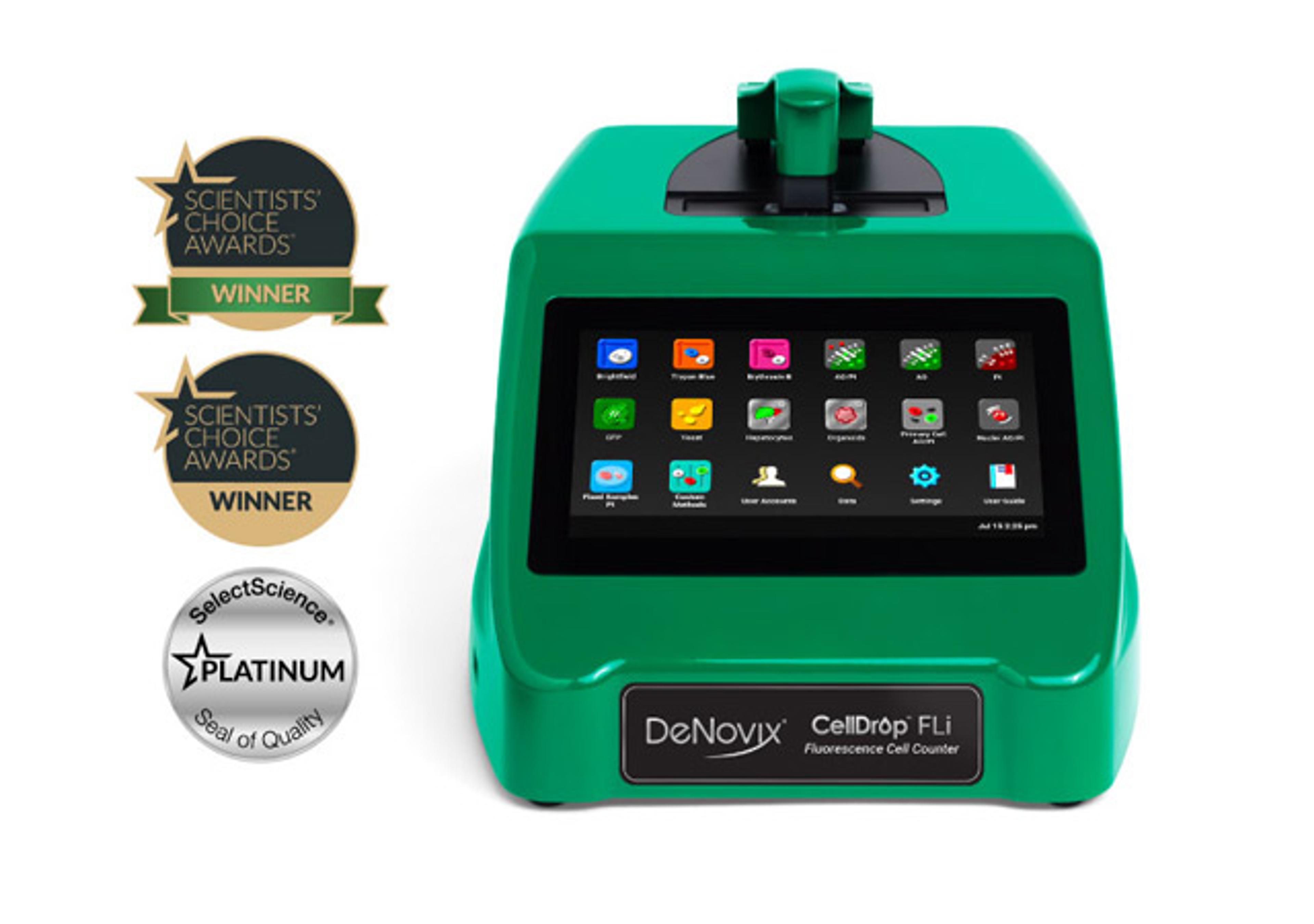Ensure data quality for single-cell genomics applications: Optimizing sample prep
Scientists at KOTAI Biotechnologies share how they ensure nuclei and cell quality for reliable single-cell sequencing results
30 Jun 2021
Single-cell sequencing enables researchers to gain detailed, in-depth information about cell types, gene expression and gene regulation within a biological system. The technique has been used across a range of research areas, including immunology, oncology, infection, and neuroscience, to provide unprecedented insight into biological mechanisms of health and disease, biomarker discovery and therapeutic development.
Using the latest sequencing technologies, researchers can gain substantial data from their samples. It is essential to ensure high-quality nuclei preparation to maximize the success of these experiments.
In this SelectScience interview, we speak with KOTAI Biotechnologies CEO, Dr. Kazuo Yamashita; scientist, Dr. Masakazu Ishikawa; and general manager, Hiroyuki Shimizu. We learn about the company’s cutting-edge 10x Genomics® single-cell sequencing workflow, how the DeNovix CellDrop™ FL Cell Counter enables them to ensure sample quality for single-nucleus transposase-accessible chromatin (ATAC) and RNA sequencing, and how this work is providing deeper insight into the immune system.

Profiling immune response: Deeper insight with single-cell genomics
KOTAI Biotechnologies specializes in the combination of artificial intelligence (AI) and immunology research for biomarker and drug discovery. Collaborating with researchers from academia and the pharmaceutical industry, the company implements state-of-the-art technology to provide a broader understanding of the immune system. Current projects are investigating personalized cancer immunotherapies, autoimmune disease and COVID-19.
The ability to profile immune responses at the single-cell level can provide deep characterization and important insights into the underlying mechanisms of disease, as well as the impact of therapeutics. This approach enables researchers to identify specific cell types, states or regulatory mechanisms that may be responsible for these disease states. “We have to find which cells are indeed in charge of the pathogenicity, for example. To that end, we need to see cell by cell,” says Yamashita. “This is why single-cell sequencing is a very crucial approach for our research.”
Ensuring sample quality for single-cell sequencing
KOTAI Biotechnologies is a certified provider of 10x Genomics single-cell sequencing workflows – an innovative technology adopted by researchers around the world that enables the processing of tens of thousands of single cells in one run.
Before samples are processed, quality must be checked. This step is typically performed using cell viability assays to ensure only living cells are processed. “First, we need to see the condition of the cells and see if the sample preparation worked or not. And then if it works, we should assess if the number of living cells is good enough for the single-cell sequencing,” Yamashita explains. “If the sample has so many dead cells, then we should remove those first so that we can use 100% of the 10,000 slots for the living cells.”

A single nucleus approach
When working with samples where it is difficult to isolate individual cells, such as frozen brain tissue, a single nucleus sequencing approach may be used. For example, single nucleus RNA-seq (snRNA-seq) and transposase-accessible chromatin-seq (ATAC-seq) enable the respective analysis of transcriptomes and chromatin accessibility, cell by cell. Together, these techniques provide information on regulatory mechanisms that control gene expression.
Library preparation for both techniques requires the isolation of nuclei from cell or tissue samples. This is not always an easy task – samples can contain a lot of debris and intact cells must also be removed. To ensure sample quality, KOTAI Biotechnologies perform acridine orange and propidium iodide (AO/PI) dual fluorescence counting using the DeNovix CellDrop™ FL Automated Cell Counter. This method provides clear benefits over manual cell counting, and a recent study by the group identifies AO/PI as more accurate than trypan blue. “We have confirmed that the AO/PI is more accurate, by assessing it in terms of the viability and also by using the structure of the cells,” says Yamashita.
Confirming cell viability and cell count is particularly important because samples received by the team at KOTAI Biotechnologies may not have all been prepared the same way – samples are prepared by different researchers.
A key feature that attracted the team at KOTAI Biotechnologies to purchase the CellDrop™ FL is its ability to fully automate AO/PI cell counting process – something which is not possible on all cell counters. “They're more accurate and are fully automated, so are very convenient and there are no experimenter's biases. So, we mostly use the CellDrop for the cell counting,” says Yamashita.

A bigger picture of immunology
In addition to high-throughput genomic data from single-cell sequencing, complementary studies like protein-protein interactions are helping the team at KOTAI Biotechnologies to gain a bigger picture of immunology. “We are just a part of that big picture, but very crucial, because the cell is the basic unit. And because we are an AI and immunology company, we are also trying to develop a new single-cell technology. But at the same time, we are also accumulating the different types of data to combine them together to see the big picture of immunology.”
Looking to the future, Yamashita highlights the importance of being able to gain more information from single cells and the role the technology will play in this. “The improvement of the technology is to get more and different kinds of information from the single cell. So not just gene expressions, not just protein expressions, the surface proteins or the intracellular proteins, and also the epigenetic information from the cells,” Yamashita explains. “This is why the quality of the cell is very crucial.”
Effective sample preparation will remain fundamental to success in this work. “The sample preparation is very important and the measurement of the condition of the cells will be pretty crucial for the downstream analysis and downstream experiments,” Yamashita concludes.
Want to learn more about the single nuclei analysis protocol? Download the technical note, for free, here >>

